Open today from 10 AM - 5 PM

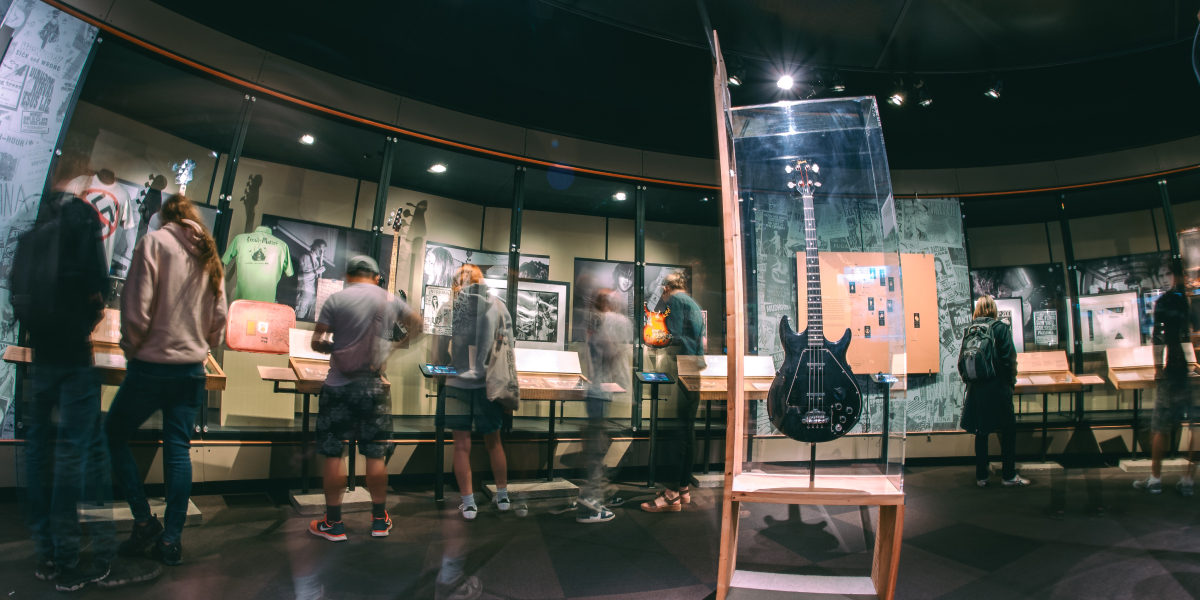
What does it feel like to say goodbye to an exhibition that’s been at MOPOP for 14 years?
It’s pretty wild that it’s been here for 14 years. It took me about two years to make the exhibition, and there was a lot of stress going into that because it felt like we had every reason to mess this up—you know, a big museum founded by Paul Allen is going to tell the Nirvana story, so I really tried to focus on how we could make it feel of and for the community.
There were about 20 different lenders to the show, and it had a broad context of what was happening with Nirvana, with the Northwest, and really the wider world from the rise of hardcore punk in the early 1980s and moving forward. Being able to open it and see that people were really digging it was really validating. We never planned to have it up for more than a year and a half or so, but pretty quickly it was like, okay, this has become a pilgrimage kind of situation, so we just kept it up.
It’s bittersweet! It’s exciting that we were able to have an exhibition up that long and that it seemed to impact folks, but it’s time, and it’s nice that we can retell that Northwest story in a different way for future exhibitions.
Why do you think this exhibition resonated so deeply with fans from all over the world?
I would love to say it’s because of the exhibition itself and the work that we did—but obviously, it’s because of Kurt Cobain and Nirvana and that incredible story of this band at the right place at the right time, standing on the shoulders of all these other underground bands that were continuously making inroads into the mainstream across the 1980s. But there’s also that weird apotheosis that happens when someone like Kurt Cobain dies at the height of their prominence. He’s frozen forever as this beautiful, tragic, impactful person. He’s clearly one of those rare pop culture figures who just persists—across genres, across time periods, across generations. I think that was a big part of it. And the idea of Nirvana, Cobain, and grunge are so tied to what people think of when they think of Seattle, that it was fortuitous that we did that show, and launched it when we did, 20 years after “Smells Like Teen Spirit” hit the charts.
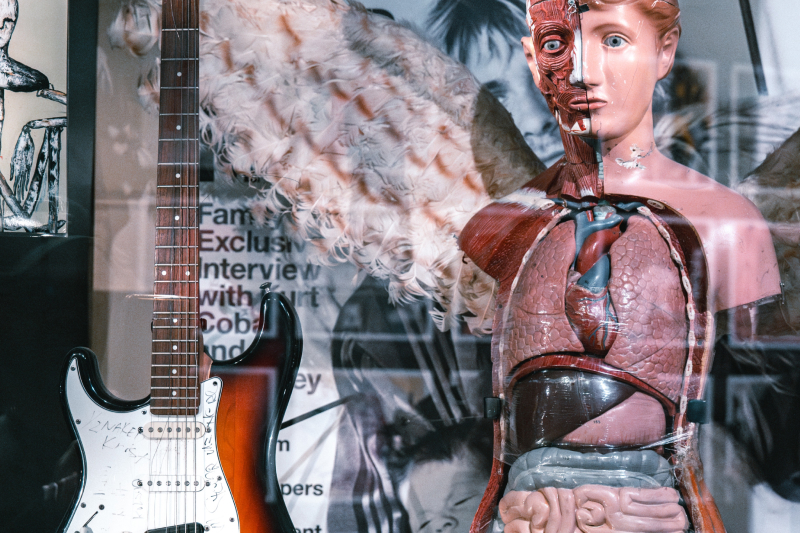
How has the narrative of Nirvana evolved since the exhibition first opened?
As we get further and further away from the early ’90s, I think Seattle is such an interesting town. There will always be some sonic connections to Nirvana and the grunge sound, but for me, the bigger influence is in the makeup of the city. We went from a place that was ambivalent at best toward its local music scene to one that embraces it. We have an all-ages scene that’s incredibly active—something that was struggling in the early ’90s, at least in comparison to Olympia or Portland. Now you can see bands seven nights a week in almost any genre, and I think a lot of that comes from the spotlight the early ’90s put on Seattle. People realized, oh yeah, we should celebrate this stuff. It’s really interesting that you do see that palpable influence of what happened in the early ’90s still happening today.
What happens to the artifacts once they're deinstalled? Will any remain in the museum?
As I mentioned, we’ve got about 20 different lenders for those objects, plus a number of items from our permanent collection. The pieces that belong to MOPOP will go back into our vault, and the rest will be returned to their lenders. (Some lenders we may continue borrowing from for future exhibitions or displays.) In the interim, we’ll have at least one Cobain guitar in the Guitar Gallery, and of course, a number of Nirvana artifacts will continue to live in our online collection vault.
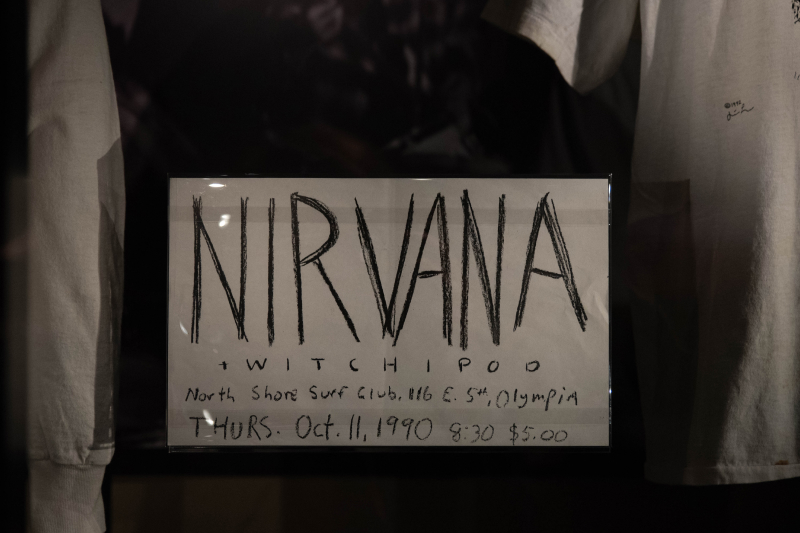
Will the exhibit travel to other museums?
No, the exhibition is being decommissioned and dispersed at this point. But that certainly won’t be the last of Nirvana or Cobain exhibitions at MOPOP!
As the exhibition closes, how will Nirvana’s presence continue to echo throughout the museum?
Nirvana is most definitely a part of MOPOP’s DNA. We were collecting Nirvana-related materials since before the museum even opened, and we have over 1,200 objects related to the band—large and small. Nirvana will always be showcased in the museum in some way.
We are working on a new Northwest music exhibition for the fall of next year, which Nirvana will be a significant part of. I also think as we continue to add material to our Online Collection Vault (mopop.org/collection), so when items can’t be on physical display, they can still be accessible in other ways.
Nirvana may not have as much of the focus as it has had in the past, but it will always be a part of MOPOP.
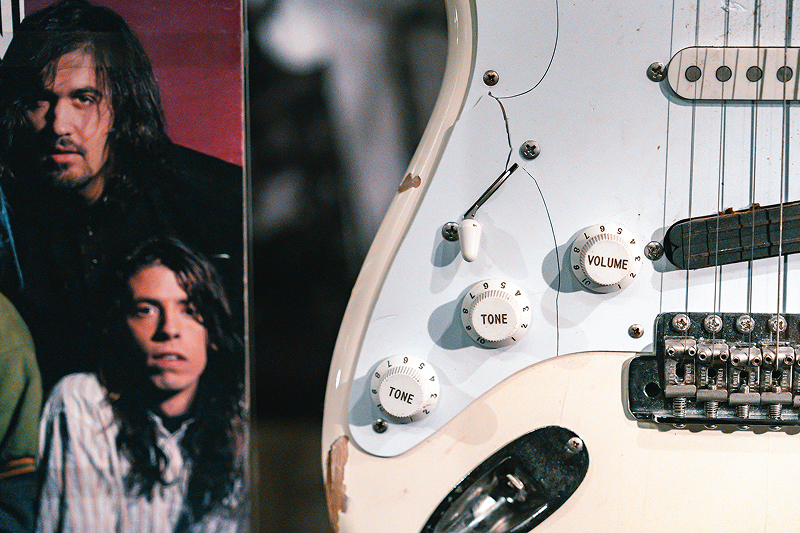
Tell us about the upcoming closing party. What can guests expect from this final celebration?
It’s really about highlighting the exhibition! It’s been several years since some people have seen it, and for others, it’s their last chance. We’re trying to pack in a celebration of Nirvana along with the bigger story of change in the Pacific Northwest and Seattle’s music scene over the past 30-plus years.
We’re planning to have Marco Collins DJing and telling stories in Sky Church, along with Dusty Henry from KEXP, who co-produced the Cobain 50 podcast There will be DIY zines with Push/Pull, live T-shirt printing with The Vera Project, and then I’ll be hosting a panel with Seattle music scene veterans, and, of course, playing a lot of Nirvana-related media including released material, but also some special footage like the October 11, 1990 North Shore Surf Club concert—the first show Dave Grohl played with the band, shot by a regional filmmaker who was a student at Evergreen.
We’ll also show selections from an interactive that we created back in 2011, where people recorded their own stories about their personal connections to Nirvana. It’ll be exciting to see those 15 years later.
How did you and the MOPOP team approach designing a send-off that felt true to Nirvana’s spirit and legacy?
We talked a lot about finding a good balance for the event. We pretty quickly agreed not to have it be a fawning tribute or dwell solely on Nirvana, but rather to celebrate the band while recognizing that Nirvana was part of an incredibly vibrant and eclectic music scene.
I’m not super into the celebrity aspect because you can get that anywhere. Instead, we focused on the bigger cultural vectors and seismic changes happening in the landscape, and how to reflect on those.
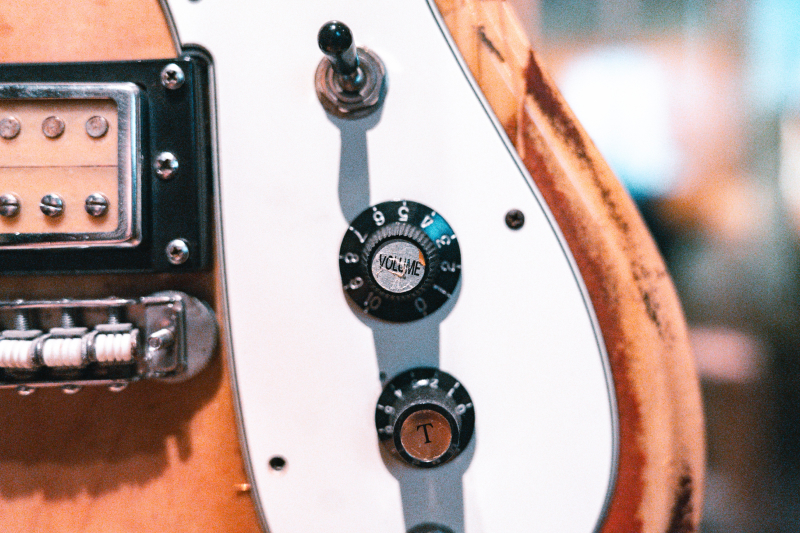
Can you give us a sneak peek at the panel you’ll be hosting?
I’m really excited to dig into the experiences of what was happening around that time—what it was like when Seattle’s music scene suddenly had a giant media spotlight, new people moving to town, and shows that used to have 50 people now had hundreds. That must have been a really strange experience to go through. So reflecting on that, and really talking about those reverberations—why Seattle is the way it is today in relation to music, and what we can trace back to that time—feels important.
To me, it’s interesting that the early ’90s still have a palpable influence today. And that’s what we’re going to talk about at the panel—less about Nirvana specifically and more about the wider reverberations from that era. I’ll be joined by Kate Becker (Creative Economy Director at the Office of King County Executive Shannon Braddock), Megan Jasper (CEO of Sub Pop Records), Jessica Toon (Senior Executive Director for the Recording Academy/GRAMMYs), Ben London (CEO of Sonic Guild), and Terry Morgan (Founder of Modern Enterprises). They were all here in the early ’90s and are still heavily invested in the scene now, so we’ll explore the echoes from that time that we’re still seeing today.
And finally, how does this closing open the door for new stories honoring Seattle’s music scene in the years ahead?
MOPOP is unique because we take one subject and dive super deep into it. In some ways, that was an advantage of the Nirvana exhibition—it dove deep into their story, letting people see nuances they wouldn’t find anywhere else.
What we’re trying to do with our upcoming Northwest exhibition is give people what they expect to see when they come to Seattle and visit the museum—Hendrix, Nirvana, the “Louie Louie” era, Heart, Sir Mix-a-Lot, etc. . But there are so many other amazing stories in the Pacific Northwest that maybe visitors haven’t heard of before, and often those stories overlap and intersect.
It’s an opportunity to share a whole swath of other stories about people, genres, time periods, and places that audiences may not know much about, but that are vital to a more holistic PNW music story.
We want to tell a more inclusive story and build in ways for visitors to give feedback on what we should display next. It’s a living exhibition, not static, and we’re very purposely calling out from the start that these are just some stories. It’s up to the visitors to tell us what to focus on next. I’m really excited about the idea. It’ll be a great way to give space to different voices and artists, and hopefully it won’t feel like anyone is missing what they loved before.
Join the farewell jam! Experience Nirvana: Taking Punk to the Masses before it closes, and grab your Closing Party tickets today!